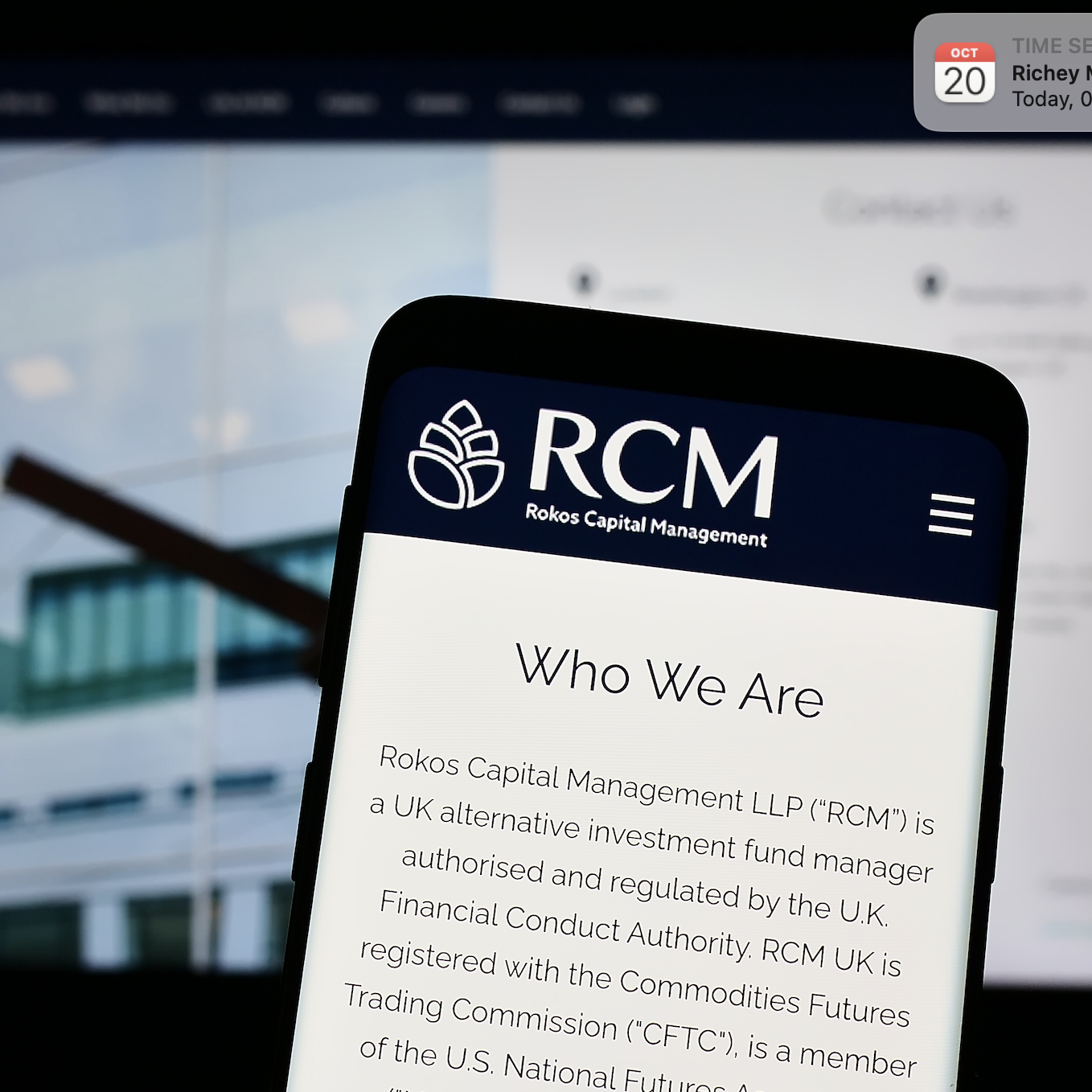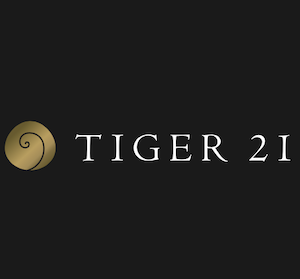Eighteen was the number. Not of attendees at this year's Hedgeweek US Fund Awards event in New York, but rather the number of basis points that the average global hedge fund had generated for the year (through August).
The point was made by Kenneth J Heinz, President of Hedge Fund Research, in his opening address that rather than be disillusioned by this moderate number, investors should take stock of the fact that amidst recent market volatility, hedge funds are actually doing exactly what they should be doing. In August, the HFRI Fund Weighted Composite Index fell -1.87 per cent; the worst performing month since May 2012. However, the index outperformed the S&P 500 Index by over 400 basis points in August and by 300 basis points year-to-date.
Hedge funds are not designed to out-compete equity indices. They are designed to protect investors' capital when markets whipsaw. Of course there will always be some stellar fund managers generating incredible double-digit returns, but on the whole hedge funds are meant to protect against downside losses and produce decent upside with some degree of lag against broader market indices.
"The people we speak to are long-term institutional investors in hedge funds and understand the risks. They have calibrated expectations for performance and are satisfied with the performance they've seen so far this year. Obviously flat YTD is not ideal but people have got into the habit over the last couple of years of comparing hedge fund performance to equity markets. This is an apples to oranges comparison in many ways and should not apply," says Heinz.
One area of the hedge fund industry that has continued to post strong returns is activism. The HFRI Activist Index has generated 12.51 per cent annualised over the last 36 months.
"The performance profile of these funds is very different to the S&P; some months they do very well, some months they incur a drawdown. It isn't closely tied to equity market performance but that said I wouldn't call activism a low volatility strategy; it's not correlated, it's not high beta, but it is certainly not low volatility, and we saw that in August," adds Heinz.
Don Steinbrugge of Agecroft Partners, one of the hedge fund industry's leading third party marketing firms, notes that in 2015 there has been an increase in demand for strategies that provide non-correlation to traditional markets: direct lending, re-insurance, volatility, relative value fixed income, CTAs and low bias equity long/short strategies have all attracted inflows.
With respect to hedge fund inflows, Steinbrugge made a forecast at the start of 2015 that overall industry assets would reach an all time high.
"This will be fueled by a combination of investors moving assets out of long only fixed income to enhance forward looking return assumptions and other investors shifting some assets out of the equities to hedge against a potential market selloff. We expect hedge fund industry assets to rise by USD210 billion, or 7 per cent, which was derived from a forecast of 2 per cent increase due to net asset flows and a 5 per cent increase from performance," wrote Steinbrugge.
To help managers raise assets, Agecroft Partners focuses on three components:
- Quality of product
- Quality of message
- Distribution strategy.
"We try to add value to our clients in all three of those areas. 95 per cent of hedge funds you can screen pretty quickly. It's the remaining 5 per cent that are left that take a lot of time to get to know and potentially represent in the marketplace," says Steinbrugge, adding:
"I think it's a very good environment right now to raise money provided managers excel at the three components highlighted above; if they don't excel at all three, it will be extremely difficult to raise money."
Amy Bensted is Head of Hedge Fund Products at Preqin, a leading data and research provider for the alternative asset management industry. Whereas European investors still remain slightly cautious on hedge funds, Bensted sees clear evidence that US investors continue to see the long-term benefit of having hedge funds in their portfolios.
"There's continued sophistication in this asset class and an understanding that hedge funds are not short-term investments. The industry overall has grown in the first half of 2015 and North America has been a major source of those inflows. It looks like that will continue for the rest of the year.
"Products like alternative mutual funds have definitely been important for the industry. They've made the hedge fund industry much more democratic and we see more interest building among smaller investors who prefer the enhanced liquidity and transparency benefits of these products.
"Overall, we see strong support for hedge funds among US investors. Innovative new strategies are constanly being launched, US managers are offering a wider range of products: it's an encouraging trend," says Bensted.
One fund that has benefited from investing in emerging managers is New York-based Protégé Partners. According to John Mackin, President, Protégé's flagship fund-of-funds has delivered solid risk-adjusted returns in 2015.
"The fund was up roughly 3.2 per cent through August compared to the MSCI World, for example, which was down -2.4 per cent and the S&P 500, which was down -2.9 per cent. Perhaps most gratifyingly, Protégé has accomplished this while maintaining roughly 45 per cent net exposure on a non-beta adjusted basis and a diverse set of geographical, sectoral, and stylistic exposures."
Protégé Partners is able to help institutional investors improve the way they allocate to hedge funds by striving to serve as an extension to its clients' own research teams. The universe of small managers is vast and most institutional investors do not have the resources to invest in it alone.
"We help our investors access this difficult to navigate market," says Mackin. "Our flagship strategy is a global, diversified portfolio of our `best ideas'. We also partner with investors to offer customised solutions to meet their specific needs."
Along with Common Reporting Standards regulation and cybersecurity, John D'Agostino, Managing Director of North and South Americas for DMS Offshore Group notes that AIFMD is one of the main regulatory concerns facing managers.
To help US managers navigate the European markets and continue fund raising, whilst remaining fully compliant, DMS has established in Ireland and Luxembourg one of the most successful AIFM platforms. According to D'Agostino, the platform now has 40-plus sub-funds.
"In many cases it is a plug-and-play solution. However, we've created solutions for more complex, esoteric strategies and structures. I think adapting to that complexity, whether it's through sophisticated structuring or showing a deep understanding of risk during the regulatory application process, has been a big evolution for the firm on the AIFMD side," says D'Agostino.
Capital raising will always be a challenge, especially for smaller and emerging US managers. As such, it is important that fund structuring solutions continue to evolve to support their activities as non-EU managers under the AIFMD; with an estimated USD2.25 trillion of potential assets available, this is not a market that many managers have the luxury to overlook.
"For a non-EU (i.e. US) manager to say they aren't going to market to Europe seems problematic – and perhaps an understandable reaction to a lot of regulatory change. As time goes by, and more funds compete for the same assets, they won't be able to just completely ignore the European market. They will need solutions to be fully compliant. We think that we offer the most seamless, cost-effective way for doing that. In many cases the manager can be up and running with an AIF or UCITS in under two months with DMS," concludes D'Agostino.







